
Estuary Flow
Build fully managed real-time data pipelines in minutes.
More about Estuary and related technologies, straight from the team.
Our blog breaks down basic concepts and takes you into the minds of our engineers. We also dig into the business principles that guide our company and allow us to build great solutions for yours.
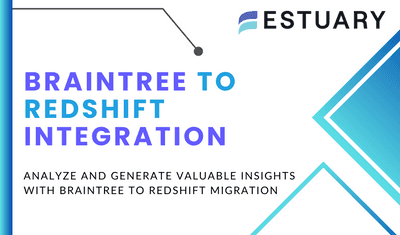
Jeffrey Richman · April 25, 2024
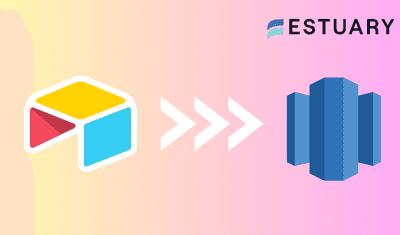
Jeffrey Richman · April 24, 2024
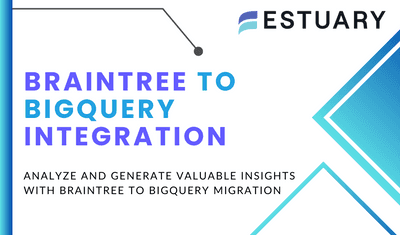
Jeffrey Richman · April 23, 2024
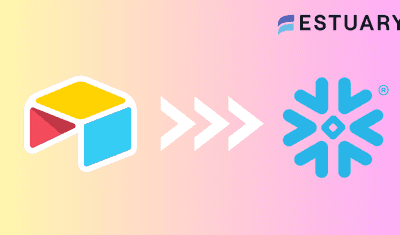
Jeffrey Richman · April 22, 2024
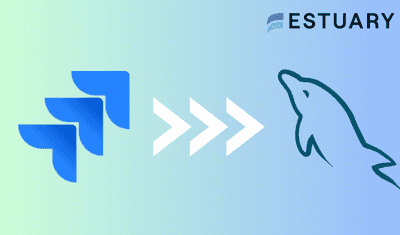
Jeffrey Richman · April 22, 2024
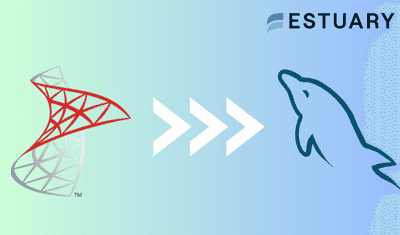
Jeffrey Richman · April 19, 2024
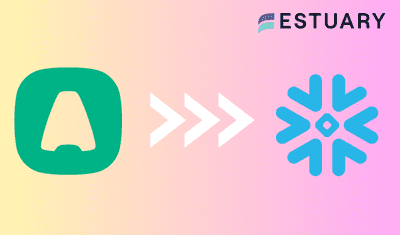
Jeffrey Richman · April 18, 2024
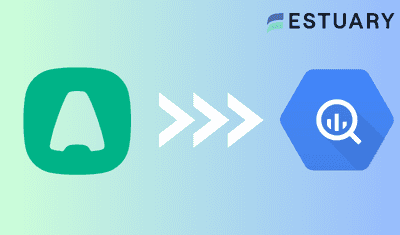
Jeffrey Richman · April 17, 2024
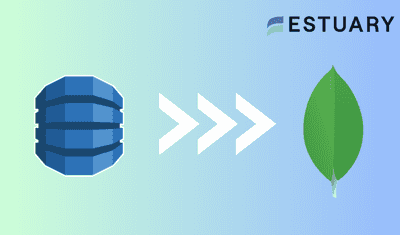
Jeffrey Richman · April 16, 2024
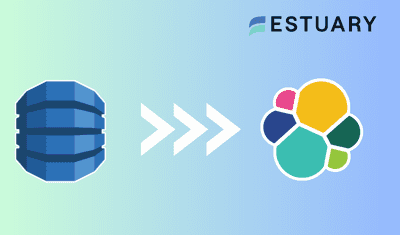
Jeffrey Richman · April 16, 2024
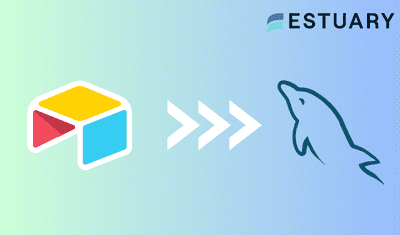
Jeffrey Richman · April 15, 2024
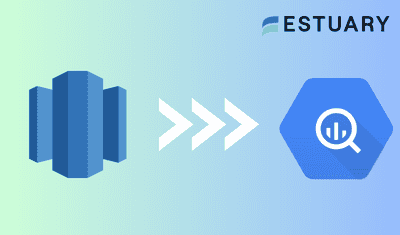
Jeffrey Richman · April 14, 2024
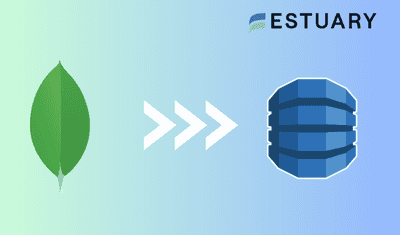
Jeffrey Richman · April 11, 2024
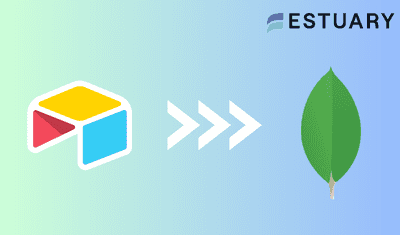
Jeffrey Richman · April 11, 2024
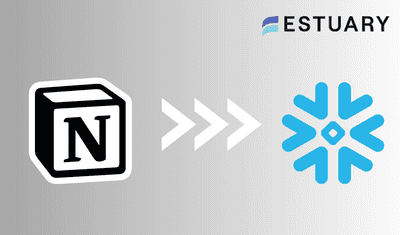
Jeffrey Richman · April 10, 2024
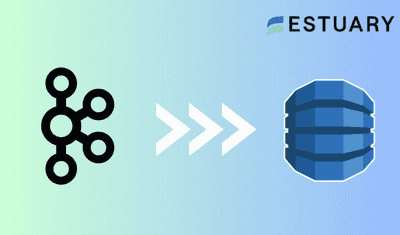
Jeffrey Richman · April 9, 2024
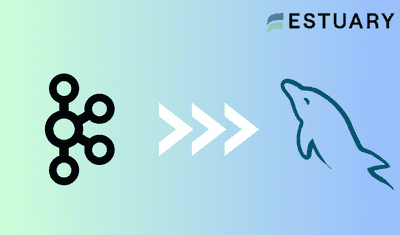
Jeffrey Richman · April 8, 2024
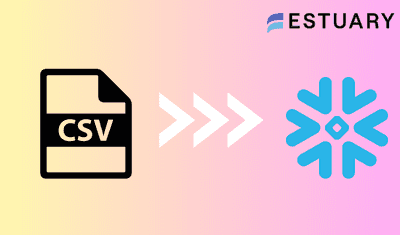
Jeffrey Richman · April 8, 2024
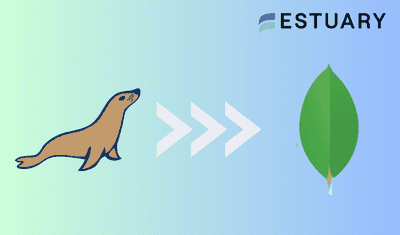
Jeffrey Richman · April 7, 2024
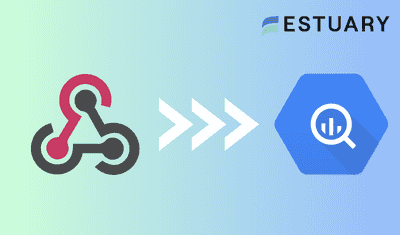
Jeffrey Richman · April 5, 2024
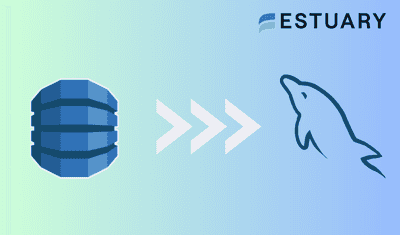
Jeffrey Richman · April 3, 2024
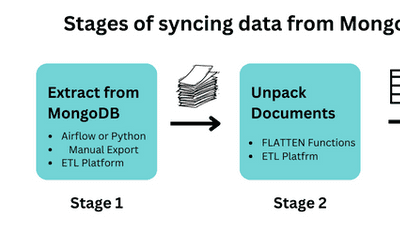
· April 2, 2024
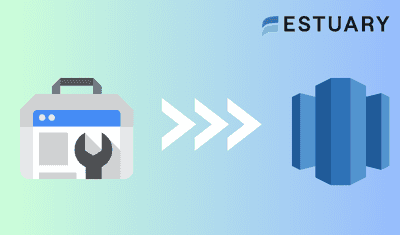
Jeffrey Richman · April 1, 2024
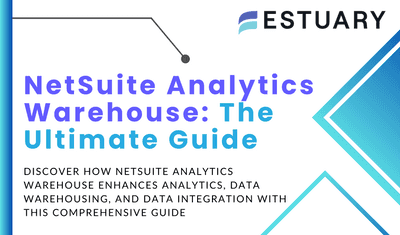
Jeffrey Richman · April 1, 2024
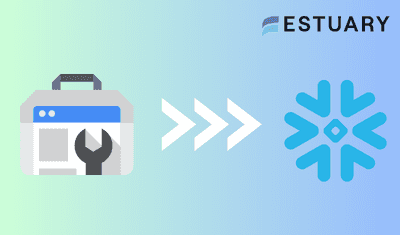
Jeffrey Richman · April 1, 2024
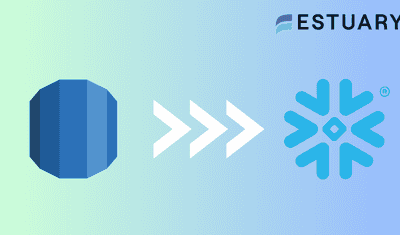
Jeffrey Richman · April 1, 2024
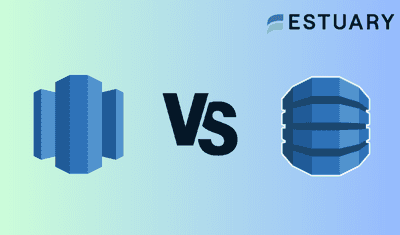
Jeffrey Richman · March 27, 2024
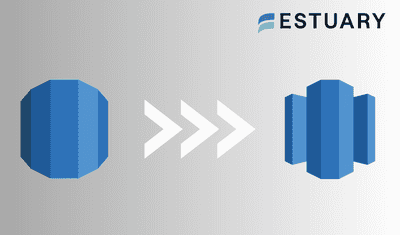
Jeffrey Richman · March 27, 2024
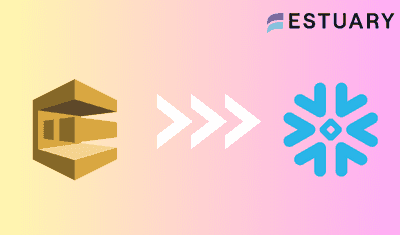
Jeffrey Richman · March 14, 2024
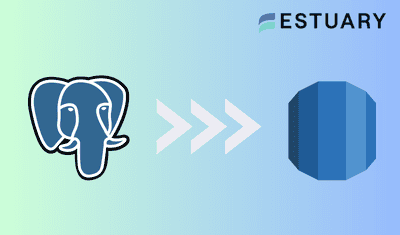
Jeffrey Richman · March 12, 2024